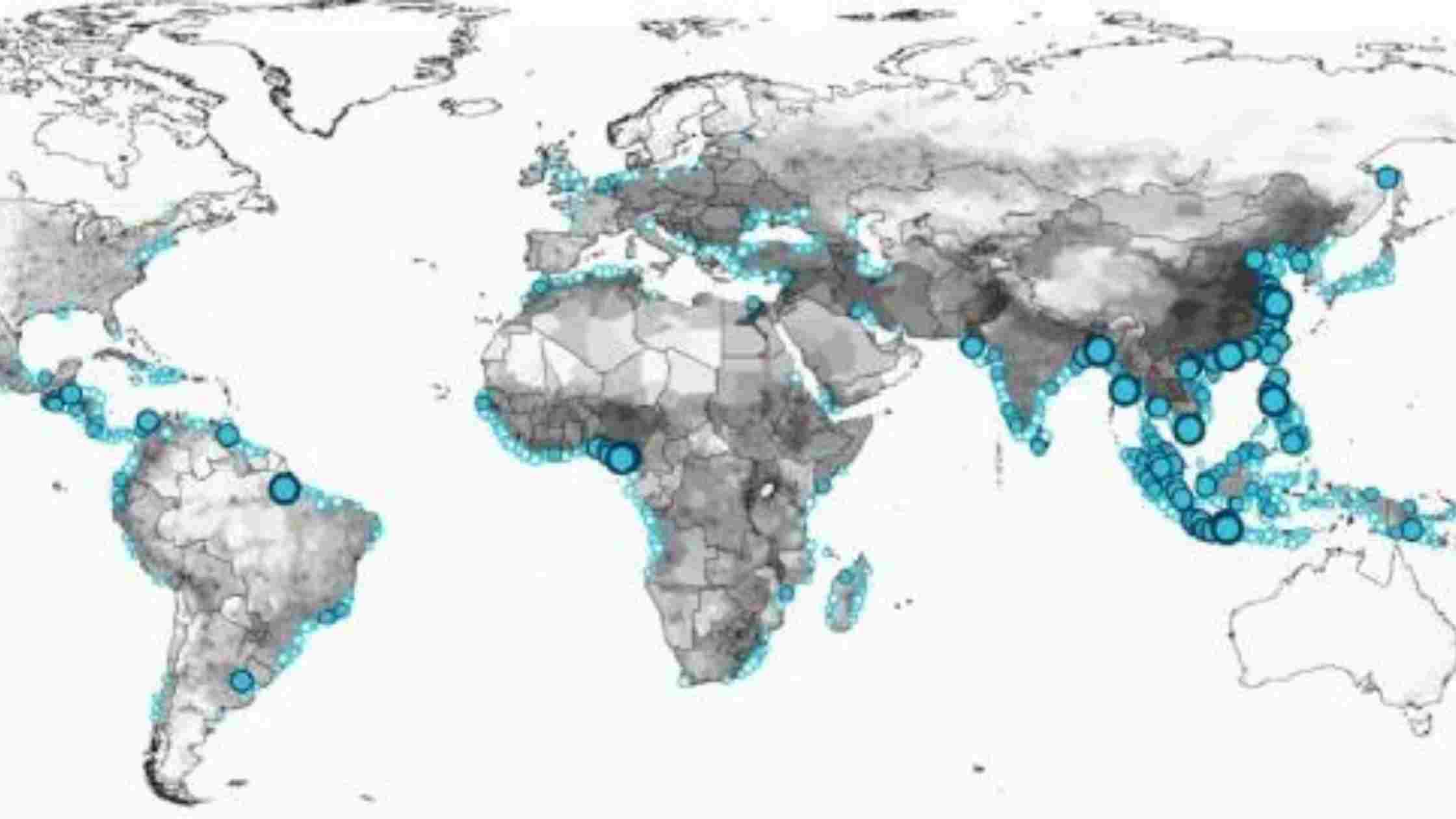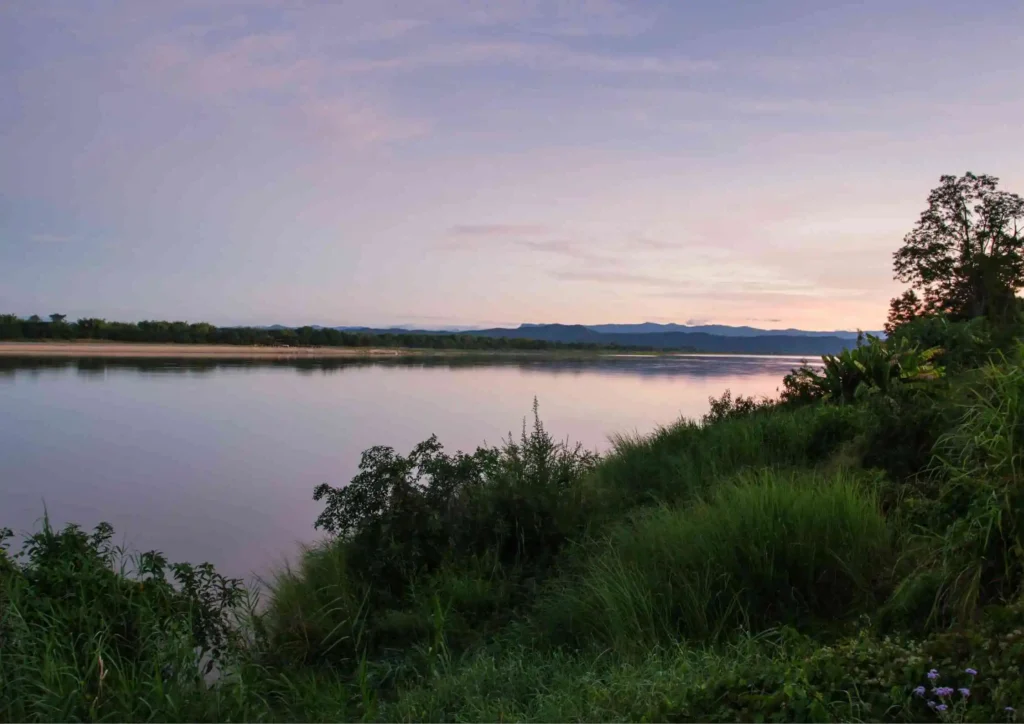
- Image
- SKU
- Rating
- Price
- Stock
- Availability
- Add to cart
- Description
- Content
- Weight
- Dimensions
- Additional information

Plastic pollution has become a major environmental issue that affects our planet in many ways. One of the significant contributors to this problem is the plastic that reaches our rivers. It is estimated that around 8 million tons of plastic are dumped into the world’s oceans every year, and a significant portion of this plastic waste comes from rivers. In this blog post, we will explore how plastic reaches through rivers and which rivers are the most affected by this issue.
First, it is essential to understand how plastic waste ends up in our rivers. The primary source of plastic pollution in rivers is human activities such as littering, improper waste disposal, and poor waste management systems. When plastic waste is not properly disposed of, it often ends up in waterways like rivers, where it is carried downstream by water currents. Other sources of plastic pollution in rivers include industrial waste and sewage.
The Ganges River: The Ganges River, located in India, is one of the most polluted rivers in the world. It is estimated that around 1.2 billion pounds of plastic waste is dumped into the Ganges River every year. This plastic waste is not only harmful to the environment but also to human health, as the river is a significant source of drinking water for millions of people.


The Yangtze River: The Yangtze River, located in China, is the longest river in Asia and the third-longest river in the world. It is estimated that around 1.5 million metric tons of plastic waste enters the river every year. The plastic waste in the Yangtze River not only harms marine life but also affects the lives of people who live along the river.
Did you know that according to a study published in the journal Environmental Science & Technology, just 10 rivers are responsible for up to 95% of the plastic waste that enters the world’s oceans? These rivers include the Yangtze, Indus, Yellow, Haihe, Ganges, Pearl, Amur, Mekong, Nile, and Niger. By addressing plastic pollution in these rivers, we can have a significant impact on reducing plastic waste in our oceans and protecting marine life.
The Mekong River: The Mekong River, located in Southeast Asia, is another river that is heavily polluted with plastic waste. It is estimated that around 110,000 metric tons of plastic waste enter the Mekong River every year. This plastic waste not only affects the marine life in the river but also poses a threat to the livelihoods of the people who depend on the river for their daily needs.


The Amazon River: The Amazon River, located in South America, is the largest river in the world by discharge volume. It is estimated that around 8,000 metric tons of plastic waste enters the river every day. This plastic waste is not only harmful to the environment but also to the indigenous communities that live along the river.
These are just a few examples of the many rivers around the world that are affected by plastic pollution. To combat this issue, we need to take action at both an individual and a societal level. Some of the actions we can take include reducing our use of single-use plastics, properly disposing of plastic waste, and advocating for better waste management systems. We can also support organizations that are working to clean up our rivers and oceans, such as The Ocean Cleanup and Plastic Pollution Coalition.
In conclusion, plastic pollution in rivers is a significant environmental issue that affects not only the health of our planet but also the lives of millions of people. We must take action to address this issue and work towards a more sustainable future for all.
Start Your Essential Shopping with Ecosphere store

Orders ₹5000 or more
24/7 amazing services
When you sign up
Mega Discounts
Within 10 days

Ecosphere is a brand of Visakan Industries Inc.
Copyright ©️VISAKAN INDUSTRY INC – ECOSPHERE. All rights reserved

04222992060 Working 8:00 - 22:00

+918300809008 24/7 Support Center
No products in the cart.


eco4 scheme In a world driven by eco-conscious choices, carbon offset programs have emerged as beacons of sustainable living. Let's delve into the intricacies of these initiatives, understanding their significance, benefits, and how you can actively contribute to a greener future. Understanding Carbon Offset Programs Carbon offset programs, a catalyst for environmental change, allow individuals and businesses to compensate for their carbon footprint. By investing in projects that reduce or capture greenhouse gas emissions, participants play a crucial role in mitigating climate change. The Mechanism Behind Carbon Offsetting These programs operate on a simple yet powerful principle. Participants invest in projects such as reforestation, renewable energy, or methane capture. The emissions reduced or removed by these projects counterbalance the carbon footprint of the contributor, creating a net-zero impact.